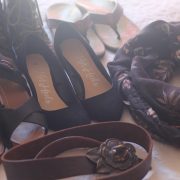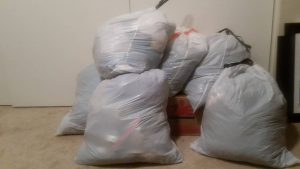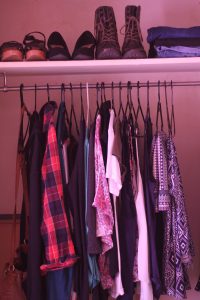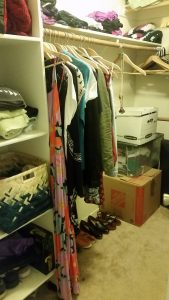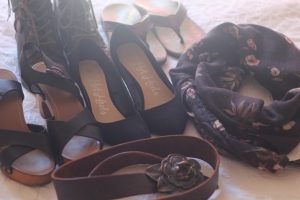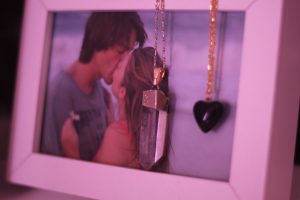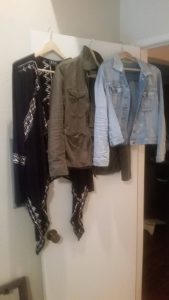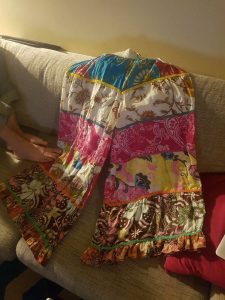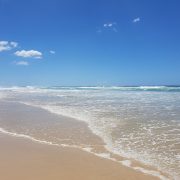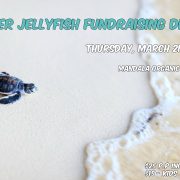There are so many bigger issues, why worry so much about balloons?
(This post has been re-published on the environmental blog, 1 Million Women).
For the past several years, the subject of balloons has occupied a large proportion of my thoughts. It started in 2014 when I was nearing the end of my masters degree. I was doing a study on micro bats and utilising CT scanning technology. My supervisor suggested that I think about doing a similar CT-related study as a PhD on “floater turtles” – a term I was not familiar with. He explained to me that when sea turtles consume plastic and other kinds of litter, they often acquire a condition known as float syndrome when gasses build around the foreign materials that they are unable to digest. It’s a painful, often deadly affliction leaving individuals unable to dive under the water for protection from predators and boats. I did some initial digging around into the issue and learned that a research team within my university had discovered that along with plastic, helium balloons also present a serious threat to sea turtles and that within the local area where I live, sea turtles actually appear to be consuming 2-3 times as many balloons as would be expected based on how common balloons are compared to other types of ocean garbage. It is believed that this is because balloons burst into bizarre jellyfish-looking shapes when they burst high in the sky where atmospheric pressure is low. All seven sea turtle species are known to consume jellyfish and are then vulnerable to balloon ingestion. Six of the seven sea turtle species are also endangered or critically endangered which makes the issue all the more alarming.
I originally planned to study this phenomenon through the PhD program my supervisor suggested but started to change my thinking when it became clear that science had actually already documented a lot of important information about this issue. However, people don’t know about it because the balloon industry has been muddying the water by creating a lot of propaganda claiming that balloons are biodegradable and safe to release into the environment.
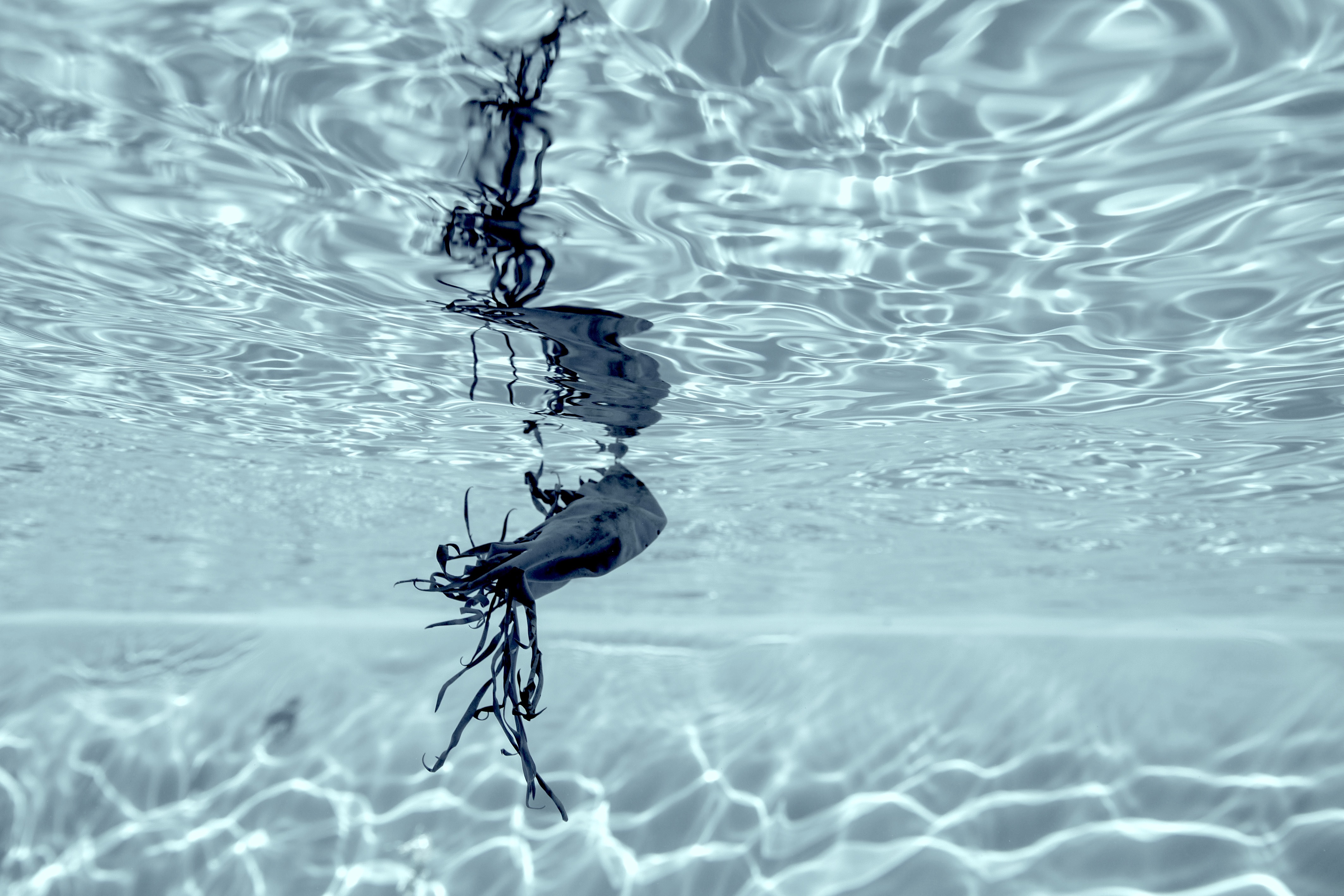
[A balloon in the classic “Rubber Jellyfish” shape caused by bursting high in the earth’s atmosphere after being ‘released’.]
Google searches made it clear to me that the accurate scientific information was buried amongst the many articles and websites sponsored by balloon manufacturers and party stores preaching untruths, (like stating that balloons are the same as oak leaves!) Here is the number two item that comes up in a Google search for “are latex balloons biodegradable?” – it’s a good example of the kind of balloon-industry propaganda I am talking about. I decided to change course and instead of completing another scientific study that may or may not be adequately communicated to the public, to instead focus my efforts on a feature length documentary that could act as a powerful education and conservation tool.
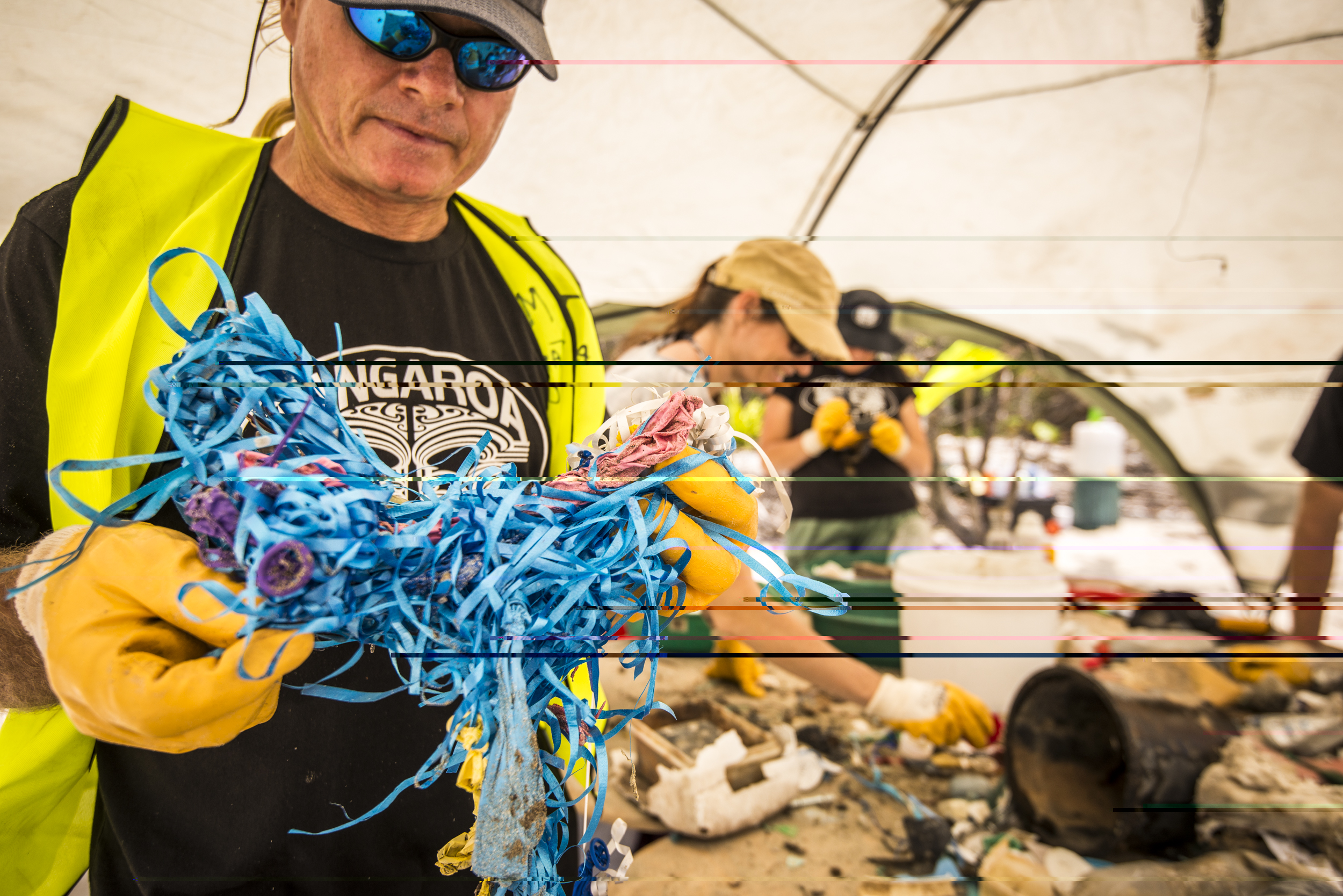
[Balloon litter collected on the Great Barrier Reef. Photo courtesy of Christian Miller and Tangaroa Blue]
One of the more common questions I am asked is why am I focused so specifically on balloons when there are so many more prevalent (and it could be argued, worse) types of marine debris? For example, straws and cigarette butts are virtually everywhere but you could go weeks or months without finding a littered balloon. To this question, I have three answers.
Balloons don‘t biodegrade in salt water.I spoke with a researcher in Holland as part of Rubber Jellyfish filming who had studied the degradation of latex in ocean water and found that balloons actually increase in mass when immersed in the sea because they absorb salts from the water!This is pretty disturbing considering 70% of the Earth is made of ocean
Balloons fly .. Releasing a balloon into the air is a little different to tossing a plastic cup out the window (although equally disgusting).When a balloon is released, you have absolutely no idea where it is going to go.Balloons have been known to rise into jet streams and travel across entire continents like this one that traveled from the UK to Australia! Many of them land in the ocean and then travel in ocean currents, congregating in certain ‘hot spots’.One of these helium ballon ‘hot spots’ is actually the Great Barrier Reef, home to so many sensitive marine species.
But more than anything else, my number one inspiration for making this film was:
Most people have no idea they are doing anything wrong
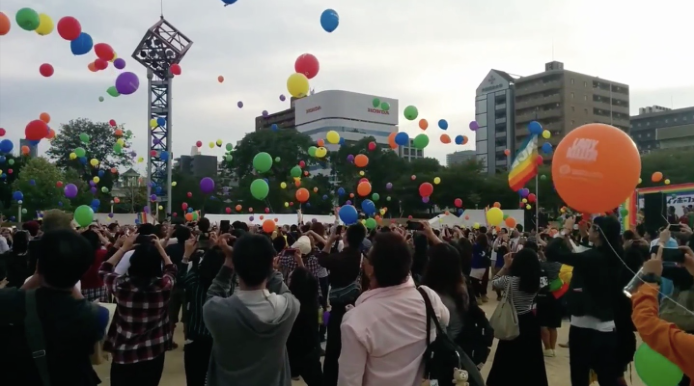
It’s hard to do anything about certain litter issues like cigarette butts because people already know they aren’t doing the right thing – they know they are being a bit of a weasil. Apathy is a hard thing to deal with.The popularity of balloon release ceremonies is something totally different.I was shocked to learn that a lot of charities and not for profit groups perform balloon release ceremonies.These are amazing people trying raise awareness to important causes.I believe in my heart that this wouldn’t be happening if people understood the effects.There is a reason you don’t see charities performing ceremonial flicking of cigarettes – who would want to affiliate a good cause with this kind of inappropriate behaviour?
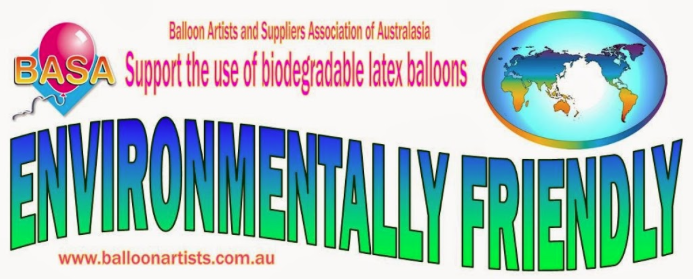
[An example of misleading, completely inaccurate information supplied by the balloon industry.]
Creating this documentary has an eye opening, profound, emotional, and at times upsetting and turbulent journey. I had worked on other wildlife-related film projects in the past but this is the first major film I have ever attempted. At times it has also been exhausting. As you would have noticed in the trailer, I had a baby in the process of creating this film. There were many sleep deprived days where I would place my baby in a carrier on my chest to let her nap while I sat at my computer to research the topic, set up interviews, and apply for grants. I would also continue working most nights after all the relentness daily tasks that are part and parcel with new motherhood were over and my partner had gone to bed. I am grateful to be in a relationship with a man who is happy to get up early with the baby so I can sleep off the late nights.
We’re now at a point in the film journey where we could really do with some extra financial support to finish. We have launched an Indiegogo campaign (ending April 9th) to accept contributions in exchange for fun perks including Balloons Blow stickers, art work, t shirts, jewelry, beeswax wraps, and of course the film itself! Tax deductible donations can also be made directly to our program through the Documentary Australia Foundation .
You can follow the project via the website at www.rubberjellyfishmovie.com, Facebook and Instagram. You can also follow my personal accounts on both Facebook and Twitter (@carlycreature).

